The term barbecue comes from barbacoa, which is purported to translate as “sacred fire pit.” And fittingly so, because we can hardly think of a more transcendent food experience than sinking your teeth into the melt-in-your-mouth results of true low-and-slow barbecue. The results are fully worth waiting and watching for hours upon hours, and the experience is pure bliss.
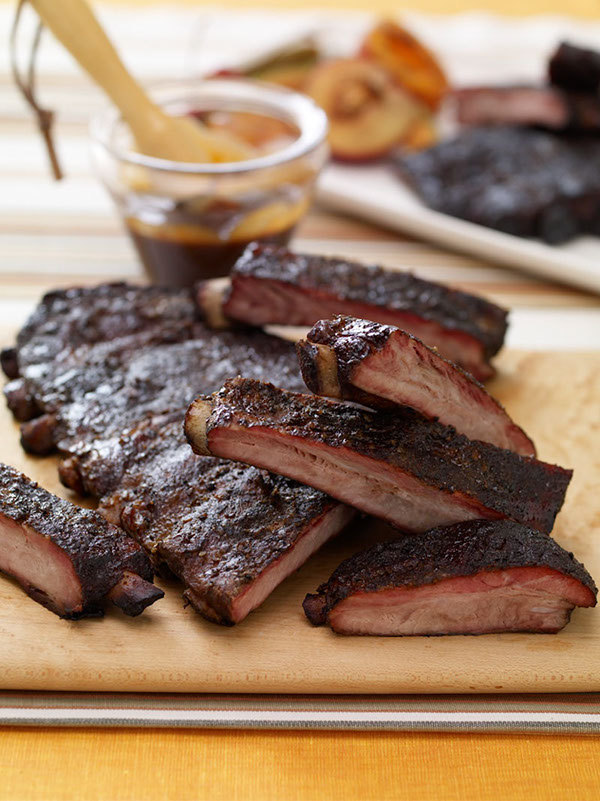
Southern-style barbecue—the low-and-slow cooking process that transforms tough cuts of meat into meltingly tender morsels of rapture—is uniquely American. And, as the early Americans moved westward, barbecue accompanied them and changed dramatically in the process.
These days, BBQ aficionados are dedicated and passionate. There are even entire festivals devoted to the stuff.
Which neck of the woods?
Depending on which part of the country you’re from, barbecue might be synonymous with different things. In the southeast, barbecue is pork. In the southwest, barbecue is beef, namely brisket. And the sauce is drastically different depending on where you are too.
Today, there are four predominant regional styles of Southern barbecue, and numerous sub-styles, spreading East to West. As you follow the barbecue path, the sauce changes from thin and vinegary to sweet and tomatoey the farther West you go.
Carolina Style
Various cuts of pork are most commonly cooked by first applying a dry rub, or spice mixture, to the raw meat. Once in the smoker the meat is basted, or mopped, with a thin, spicy, vinegar-based sauce. Subsets of the Carolina style include additions of mustard and brown sugar in South Carolina and tomato in the Western Carolinas. The smoked meat is usually served with sauce on the side.
Memphis Style
This style also primarily features pork. Within this style rages a debate over whether wet or dry ribs are better. Wet means the meat is cooked with applications of sauce before and during cooking. Dry means the ribs are given a dry rub before it smokes. The ribs are mopped periodically with a thin vinegary sauce. The mopping sauce or other barbecue sauce is then served on the side. When barbecuing pork shoulders or pork butt for pulled pork, the meat gets a dry rub and then is mixed with a thick, tomato-based, spicy sauce.
Kansas City Style
This style is most noted for two primary attributes: the variety of meats that are barbecued and the sweet and tangy sauce that accompanies. While ribs and pork butt have their place, beef, veal, lamb, poultry, and fish find their way into the local pit masters’ smokers. Kansas City sauces tend to be thick, with spice and tomato, and a distinctive sweetness owed to the use of molasses, rather than sugar.
Texas Style
Here, brisket is king and the sauce is sweet, thick, and sticky. Texas style is also known for the variety of meats, particularly beef. Roadside barbecue stands are most likely to offer a selection that includes a couple types of beef, as well as sausage, pork ribs, and turkey. Sauces vary somewhat within several Texas regional sub-styles. This style of barbecue is also defined by the regional preferences for smoking woods: oak and pecan in Central Texas, hickory in East Texas, and mesquite in West Texas.
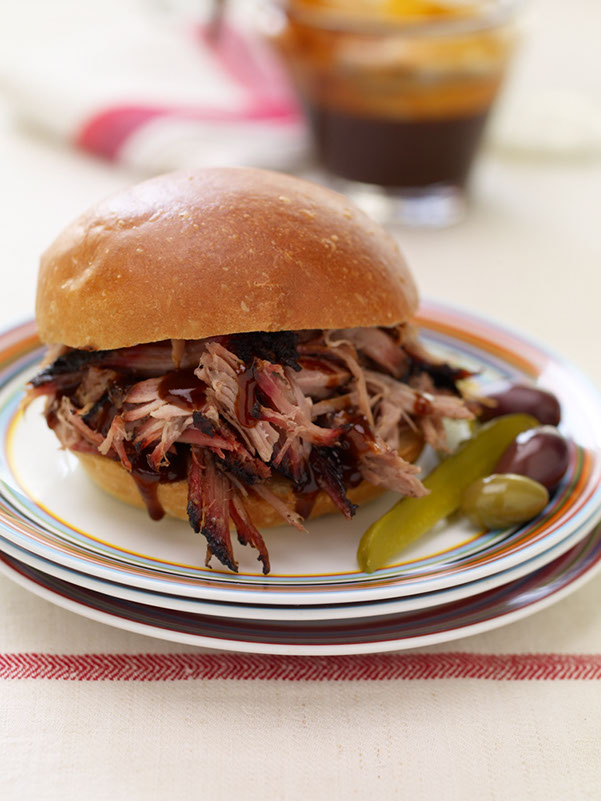
Let’s Talk Pork
For National BBQ Month, let’s focus on pork.
Pork Ribs
Baby Back Ribs
When connoisseurs cook ribs, baby back ribs are their first choice for one reason: baby back ribs are cut from the rib section of the loin of pork, so the meat that surrounds the ribs is tender and succulent, including the tasty “finger meat” connecting each rib.
For a recipe for barbecued baby back ribs, check out Jamie Purviance’s Smoked Baby Back Ribs with Cola Barbecue Sauce from Weber’s Real Grilling™.
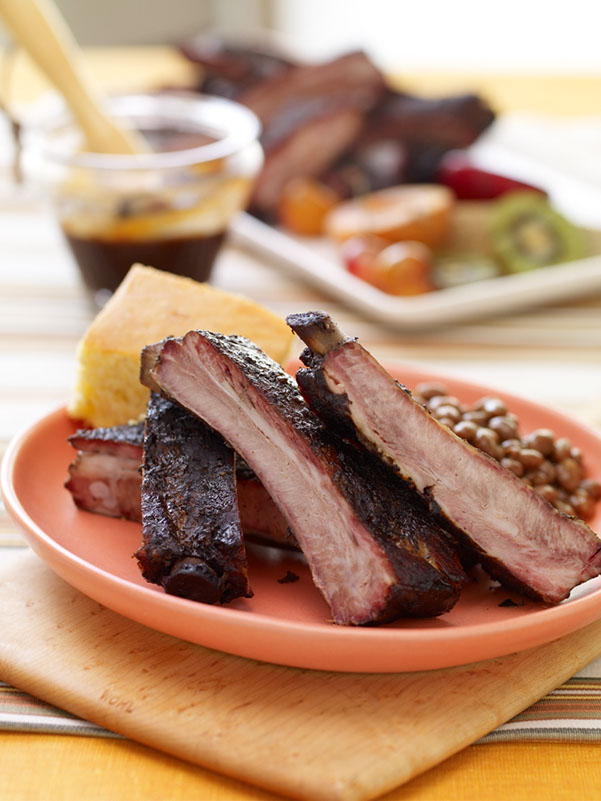
St. Louis Ribs
St. Louis pork ribs are essentially full spare ribs that have the brisket bone removed. The result is a rack of ribs that is uniform length and density so they cook evenly.
For a recipe for smoked St. Louis ribs from a competition BBQ team, try Carey Bringle’s Memphis BBQ Ribs. Carey is the captain of the Peg Leg Porker BBQ team.
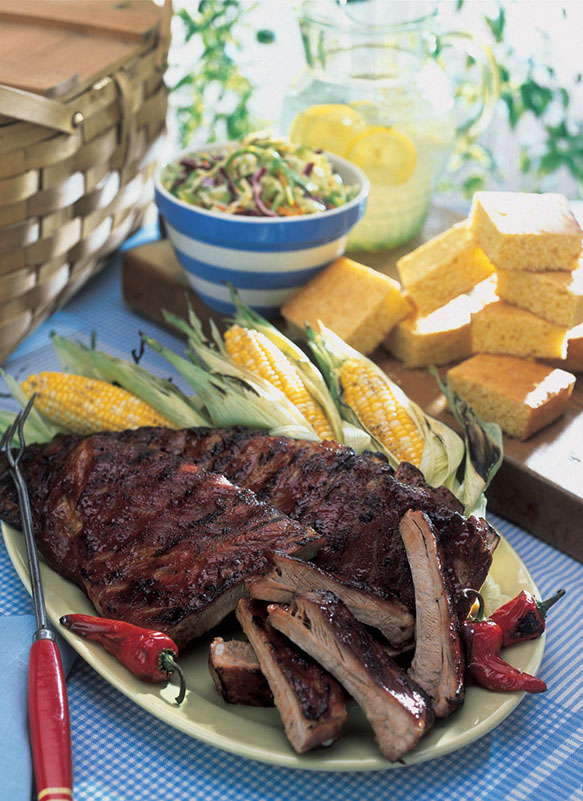
Boston Butt / Pork Shoulder
The Boston butt is a bone-in, center-cut from the shoulder and the favorite among pit masters for authentic slow-cooked, smoked, pulled pork.
For a great recipe for smoked pulled pork made from pork butt, try Jamie Purviance’s Smoked Pulled Pork with Hot Chile Sauce from Weber’s Real Grilling™.
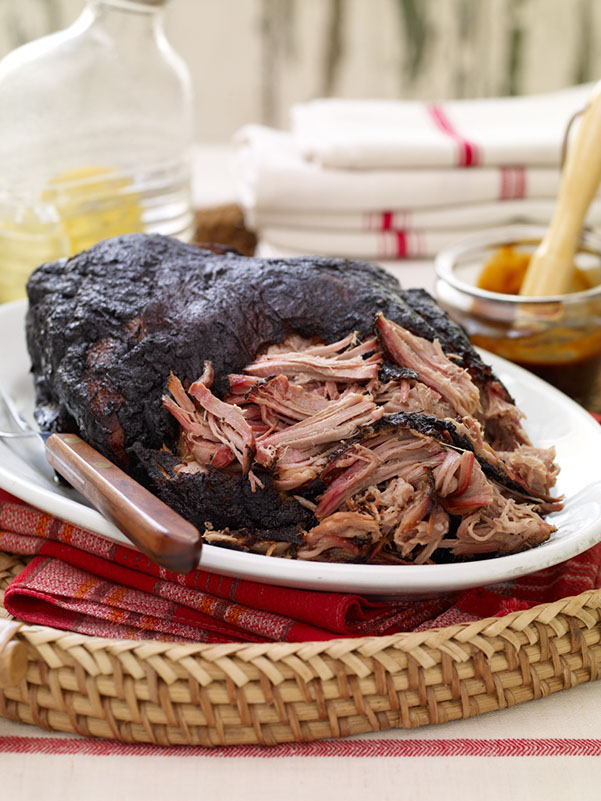
What’s your favorite cut to barbecue? Which style is your favorite? Do you use a specific mop, sauce, rub, or wood combination? What type of smoking vessel do you use? If you don’t DIY barbecue, what’s your favorite BBQ joint and which dish do you always go for?



Leave Your Response